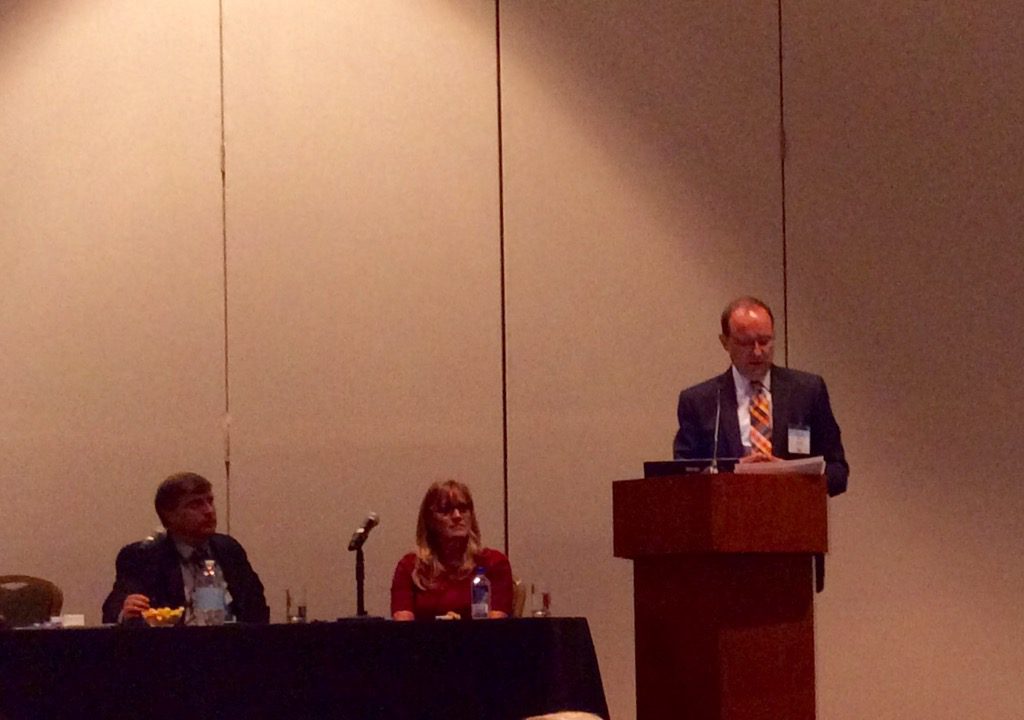Managing Workers’ Compensation Claims in a Diverse Workforce
Workers’ compensation professionals are challenged to manage claims from employees with a variety of backgrounds, skills, abilities and demographics. This session at WCI’s 2016 Workers’ Compensation Educational Conference discussed the challenges and opportunities that a diversified workforce creates in workers’ compensation claims management.
Speakers included:
– Michele Adams, Vice President, Risk Management Services, Walt Disney World Resort
– Max Koonce, Senior Vice President – Client Services, Sedgwick Claims Management Services
– Loyd A. Hudson, Integrated Disability Manager, American Electric Power Company
The workforce continues to evolve and diversify with an increase in older workers delaying retirement, work forces becoming more divergent in location and job skill demands changing. It is imperative for workers’ compensation claims professionals to understand how current and emerging changes in workforce diversity may impact their ability to manage and resolve claims.
Multilingual Workforce
You must ensure that your employees are hearing your safety messages in a language that they understand. This could mean that you have to translate the message to other languages other than English. If only two-thirds of your workforce understands your safety message, you have a portion that are poised for potential injury. Remove the language barrier.
Comorbidities
Obesity has become an epidemic in the United States and it’s a comorbidity issue in many employees. This medical implication can cause difficulties in keeping employees safe at work and in helping them heal after an injury. It is important to integrate your work with wellness to address comorbidity challenges.
Aging Workforce
An older work population brings physical attributes like decreased strength, hearing and eyesight. Your average cost-per-claim increases as you try to return an older population back to work. Keep in mind that older employees will take longer to get back to work, but will be motivated to return due to their generation’s characteristics.
Younger Workforce
The younger generation responds to text messages much quicker than a phone call or e-mail. By communicating by text, you can increase the effectiveness of your communication efforts to this groups of workers when it comes to collecting necessary information or helping them to understand the claims process.
The Injured Worker’s Experience
Every injured worker is an individual. Too many times we tend to dehumanize the people we are trying to help. It is important to remember that injured workers have concerns and the system is complicated. Many have never been through this before, they are confused, frustrated and overwhelmed. We need to approach their experience appropriately to get the best result.
Through diversity and inclusion, you have the opportunity to evolve and improve. You will only improve your outcomes when you improve your understanding of the individuals you serve.


